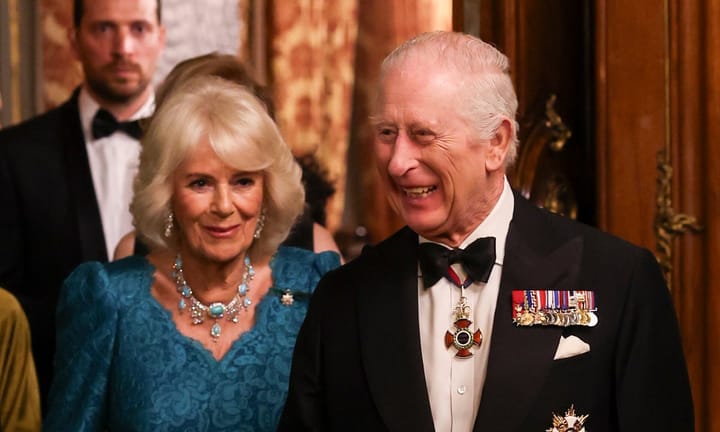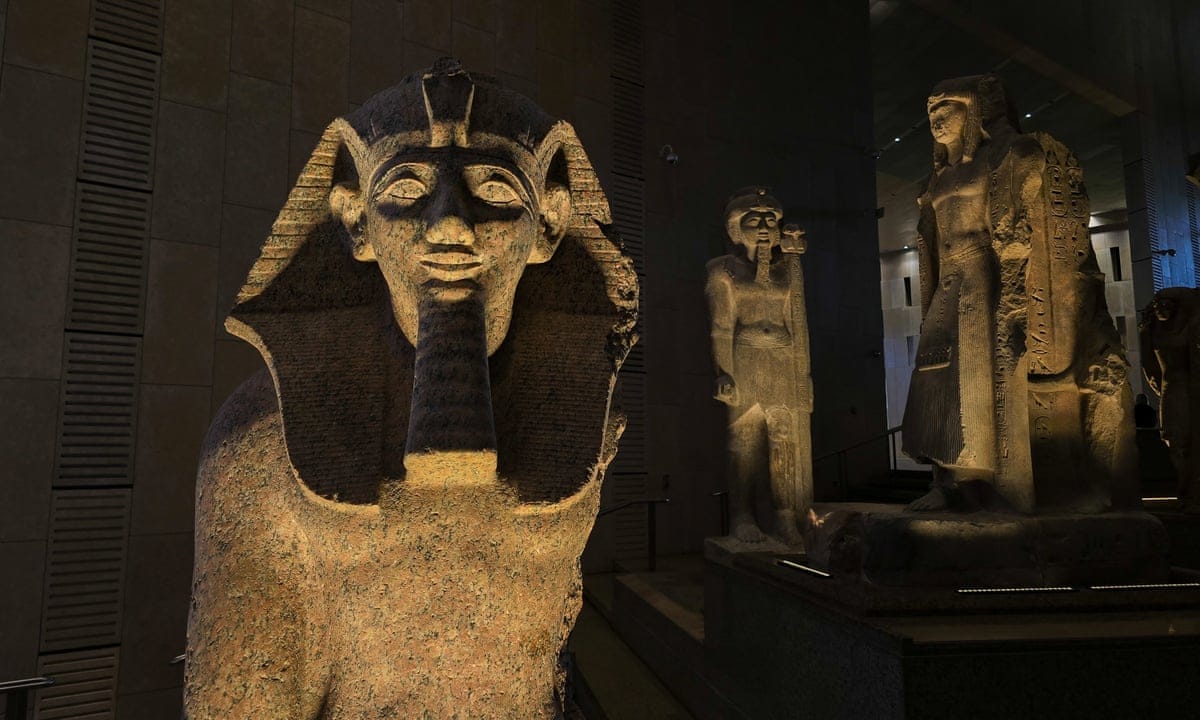Egypt’s large-scale archaeological site near Giza will partially unveil its main exhibits on Wednesday for 4,000 visitors as part of an assessment before fully opening later this year, reports Al-Tayeb Abbas from the antiquities ministry.
The extensive project costing over $1bn (£765m) has faced numerous postponements due to various factors including health concerns brought by Covid-19. The world's most significant cultural institution will showcase in excess of 100,000 historical items related to Egypt’s past civilizations within its walls as a trial phase unfolds until the official commencement date is announced.
Abbas stated that this preliminary access would aid understanding operational aspects such as crowd management and identifying potential overcrowding issues at the museum site, according to state-run information outlet Egypt Today. The exhibitions across 12 galleries span key societal elements of ancient times—including religion and governance—with each open space organized by historical timeline, showcasing no less than 15,000 artifacts from different periods such as the third intermediate period (circa 1070-664 BC), late era (after King Psamtik I's rise to power until Roman rule began in Egypt), and others.
Highlighting a dedicated gallery for royal lineage, visitors will encounter statues of significant figures from ancient court—figures who held high positions within the military or state apparatus under various Pharaonic reigns spanning nearly four millennia ago till around 30 BC with Roman arrival in Egypt. Partial access has been available since late last year for trial runs, testing both tourist experience and site readiness.
Foreign guests such as Aude Porcedde from Canada commend the depth of history represented within these structures: “Egyptian civilization is incredibly significant to me personally and globally,” she noted while appreciating her enriching journey at Egypt's cultural hub, per Al-Tayeb Abbas.
The site also hosts a six-story grand staircase offering views of the nearby iconic pyramids among other items on display in its commercial zone like sarcophagi and sculptures—with additional exhibits expected to be revealed at later times including that dedicated exclusively for King Tutankhamun’s relics.
The museum employs state-of-the-art technology within all galleries, featuring multimedia presentations narrating the life stories of Pharaohs and their people according to Eissa Zidan's statement as director general at this historical preserve aimed not only for showcasing but also stimulating learning among younger generations about ancient Egypt.
One impressive hall even offers immersive virtual reality experiences focusing on burial custom practices throughout the ages, providing a unique insight into how these rituals evolved across different periods in history at this significant location where past cultures come alive for all to learn and appreciate them more deeply than ever before!
Read next

Dominican Republic halts rescue efforts following devastating ceiling failure at nightclub incident
Rescue teams in the Dominican Republic on Wednesday concluded their search for survivors following a catastrophic nightclub roof collapse—this marks one of its most tragic disasters over recent years, with confirmed death toll rising beyond 180 individuals within this Caribbean nation.
Authorities announced an additional count of 60 fatalities

Angelica Huston Discloses Past Cancer Diagnosis; Now Fully Recuperated and Clear of Disease
Anjelica Huston disclosed her cancer diagnosis six years ago after the release of her 2019 film John Wick: Chapter 3 – Parabellum. The actress prefers not to divulge specific details about the type of cancer she faced but expressed pride in overcoming this serious health challenge, which required significant changes to

Royal Visit: King Charles and Queen Camilla Surprise Papal Counterpart at Recovery
The British monarch Charles and his consort Camilla paid an unexpected visit to Pope Francis during their four-day official trip across Italy.
They met with the pontiff at his residence within Casa Santa Marta inside Vatican City where he recovers from a severe lung infection caused by pneumonia, which had

